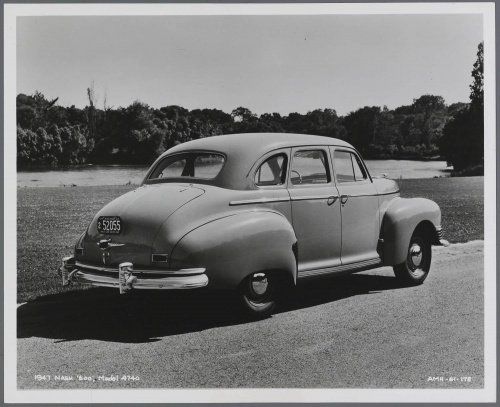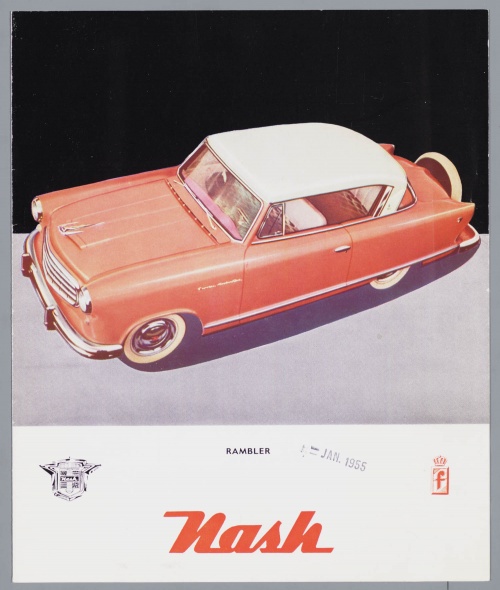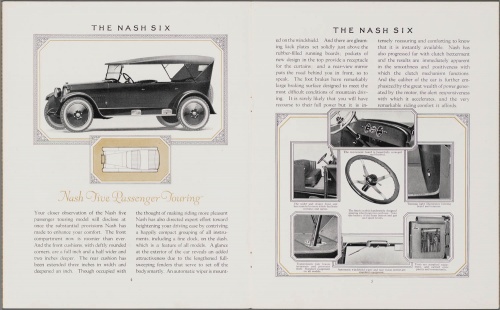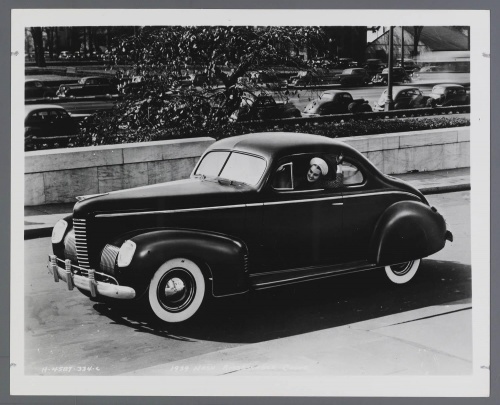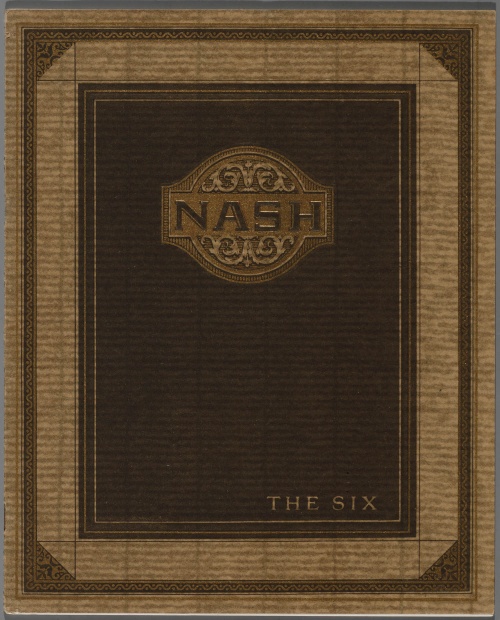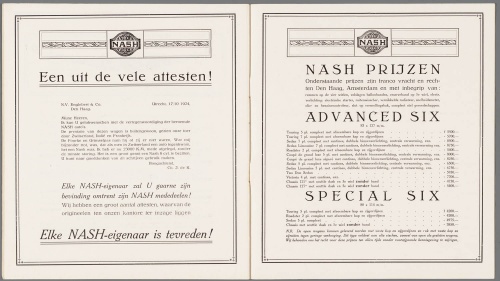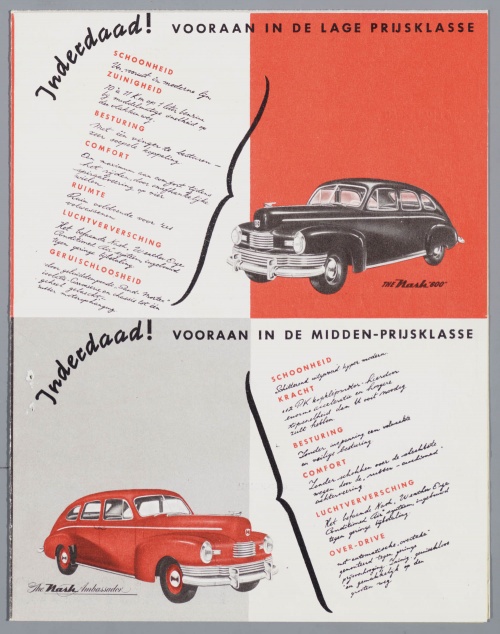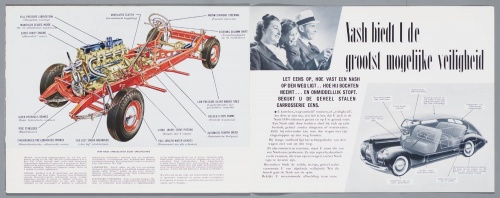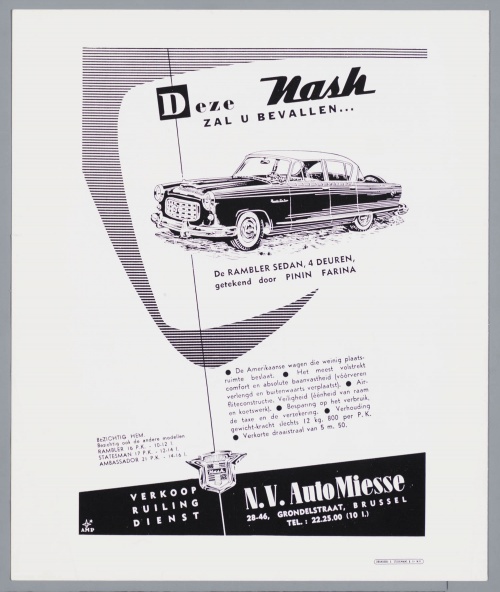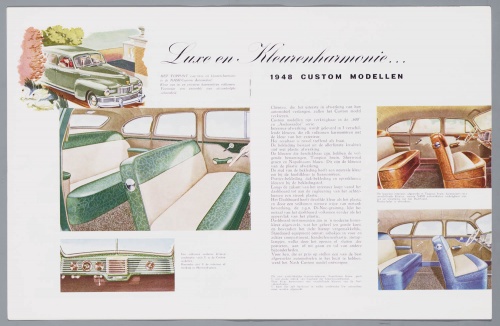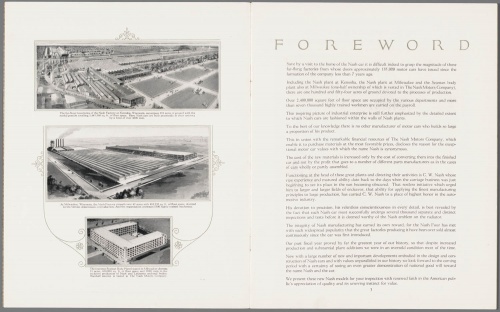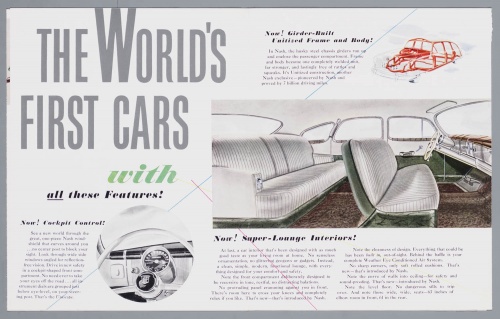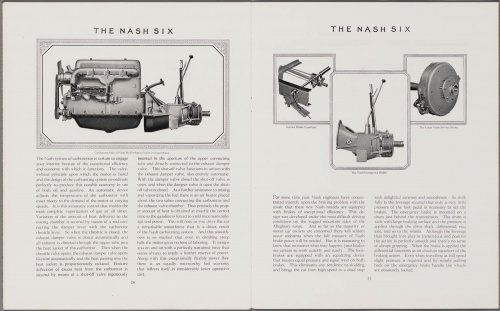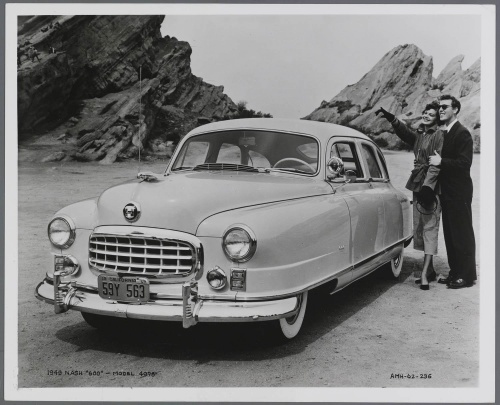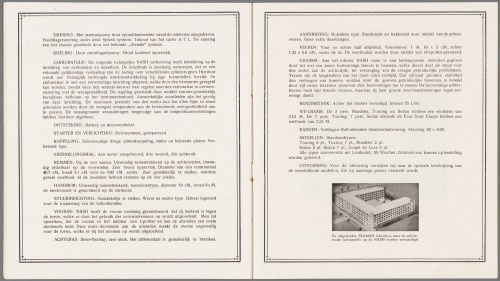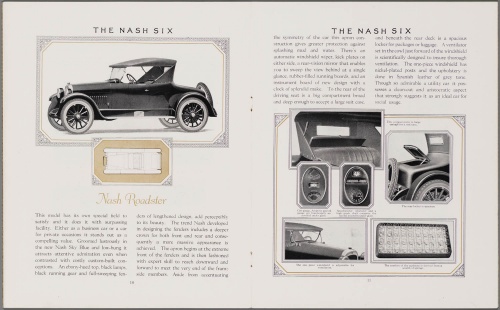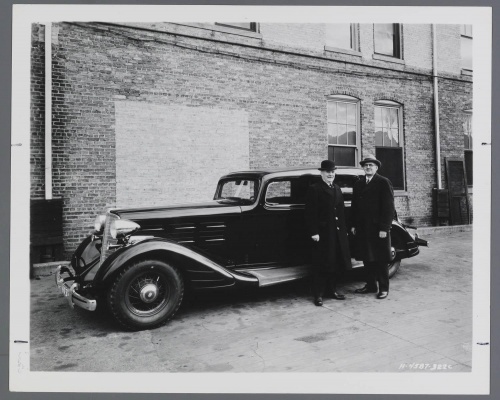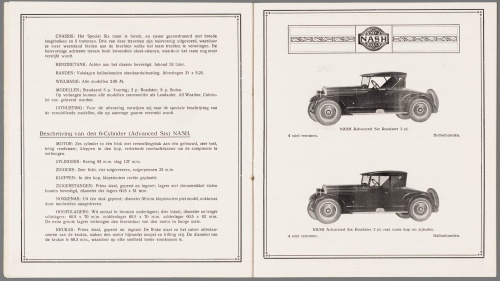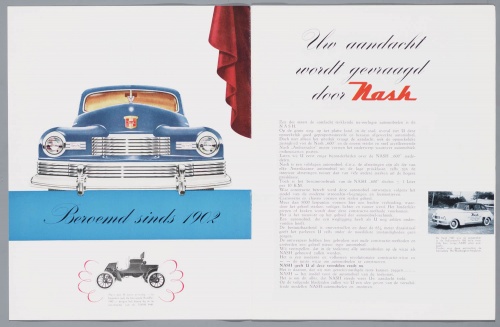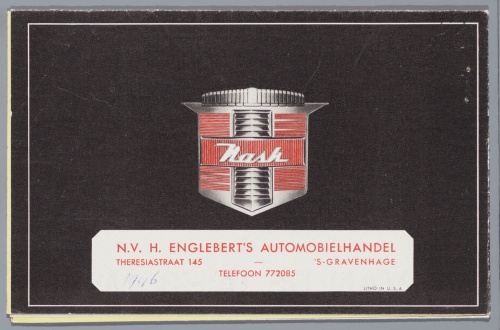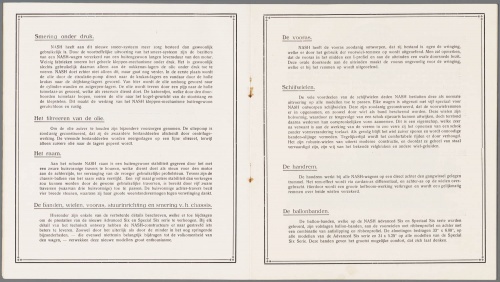Dutch Automotive History (part 51) Nash (104 photos)
Charles W. Nash, who became president of General Motors in 1912 at the age of 48, dreamed of producing cars that would bear his name. When William Durant took over the concern in 1916, Nash bought the Jeffery company, which planned to produce high-end passenger cars. In 1917, Jeffrey's changed its name to Nash. In the autumn of the same year, the first model with a 6-cylinder engine with 4 overhead camshafts appeared. However, there was little demand for it, and in November 1920 Nash was forced to suspend production. Only a year later, the company introduced a new, cheaper car with an overhead valve 4-cylinder 2.5-liter engine. Proof of the strength of the company's position were the La Fayette and Mitchell models presented in 1922-1924. The Ajax car, which was supposed to replace the Mitchell, was unsuccessful and was produced only in 1925-1926. The economical 1928 Nash 328 with a 6-cylinder engine became so popular that annual sales reached a record 138,137 cars. Model "328" lasted on the assembly line until 1949. In 1930, Nash produced a total of 32 models, including the Eight Twin Ignition, a 3920 cc engine equipped with dual ignition. The car had a starter, which was activated by the clutch pedal. This idea was also used on the Single Six and Twin Ignition Six models with 3.4-liter engines.
Nash tried to overcome the Great Crisis with new cars. Models of only one series, “Fest” (First), were produced with 25 different body styles, and for the “Second” series of 1932, 28 options were offered. A new product is the Big Six model. In total, Nash produced four families of models with 6- and 8-cylinder engines. Of all American automobile manufacturers, only General Motors and Nash finished the 1932 fiscal year with a profit. In 1934, all the company's models were modernized. The bodies received streamlined fenders and spare wheels on rounded rear ends. In addition, Nash introduced a family of economical models, which, in memory of one of the company's first cars, was called La Fayette. That same year, the millionth Nash car rolled off the assembly line. Then the process of unification began. The company's program includes only 6 chassis options with 6- and 8-cylinder engines.
A year after merging with refrigerator manufacturer Kelvinator, Nash began producing its own ventilation and heating systems. New for the 1938 model was a gearshift lever mounted on the steering column. The 1940 Nash models featured a tall, narrow grille that extended beyond the streamlined fenders. In small series they produced variants with a folding soft top, designed by the Russian Count Alexei Sakhnovsky. In 1941, cars with monocoque bodies appeared. The economical "Nash-600" with a 6-cylinder 2.8 liter engine was distinguished by low operating fuel consumption - less than 10 liters per 100 km.
During the war, Nash was engaged in the production of aircraft engines, but after its end it began producing pre-war models. In 1946, a new passenger car, the Ambassador Suburban Sedan, was introduced with a distinctive wooden body side panel. The 1949 models acquired so-called pontoon-type bodies with a Nash-specific appearance, with semi-closed wheel arches of not only the rear, but also the front wheels. In 1950, the first American compact car, the Rambler, appeared. Despite the fact that it was equipped with an old overhead valve 6-cylinder engine, it was received quite well by buyers. In the same year, the luxurious “Super Power” was released. In 1951, Nash and the British Healey presented the result of their joint efforts - the Nash-Healey sports convertible, which was produced until 1954. It was equipped with a modernized 6-cylinder engine from the Ambassador model.
In 1954, Nash and Hudson merged to form American Motors, which became the fourth largest concern in terms of production after General Motors, Ford and Chrysler. . At the same time, the production of an unusual for America 2-seater compact car, the Metropolitan, with a 1.2-liter 4-cylinder engine and a pontoon-type body, was launched. The model was produced until 1961 and thus outlived the Nash company for several years.
In 1955, the Ambassador model was significantly modernized, offering the buyer a 5.2-liter Packard V8 engine for an additional fee. A year later, the Ambassador received a new 4.1-liter V8 engine. In 1957, American Motors' sales reached 118,990 units. Only 9,474 cars bore the Nash brand. The demand for them, despite the peculiar bodies with double headlights, isvertical location, fell catastrophically. In the same year, the production of Nash cars was discontinued, and the American Motors concern began selling its products under other brands.
